
Nomad Press
A division of Nomad Communications
10 9 8 7 6 5 4 3 2 1
Copyright 2016 by Nomad Press. All rights reserved.
No part of this book may be reproduced in any form without permission in writing from the publisher, except by a reviewer who may quote brief passages in a review or for limited educational use.
The trademark Nomad Press and the Nomad Press logo are trademarks of Nomad Communications, Inc.
Educational Consultant, Marla Conn
Questions regarding the ordering of this book should be addressed to
Nomad Press
2456 Christian St.
White River Junction, VT 05001
www.nomadpress.net
~ Titles in the Inquire and Investigate Series ~

Social studies titles in the Inquire and Investigate series
Check out more titles at www.nomadpress.net
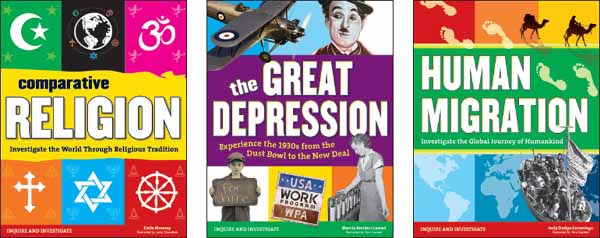
 You can use a smartphone or tablet app to scan the QR codes and explore more about human migration! Cover up neighboring QR codes to make sure youre scanning the right one. You can find a list of URLs on the Resources page.
You can use a smartphone or tablet app to scan the QR codes and explore more about human migration! Cover up neighboring QR codes to make sure youre scanning the right one. You can find a list of URLs on the Resources page.
If the QR code doesnt work, try searching the Internet with the Keyword Prompts to find other helpful sources.  human migration
human migration
Contents
Introduction
What Is Human Migration?
Chapter 1
Stones, Bones, and DNA
Chapter 2
Out of Africa
Chapter 3
Asia to Australia
Chapter 4
Out of the Old World and Into the New
Chapter 5
Expansion and Colonization
Chapter 6
Oppression and Freedom
Chapter 7
The Future of Human Migration
200,000 BCE | Homo sapiens emerge in Africa as a distinct species. This is the species to which all living human beings on Earth belong. |
74,000 BCE | A super-volcano erupts on Mount Toba on the island of Sumatra. Tools found above and below the ash line left by this volcano help scientists develop theories about when the first humans traveled through Asia and what route they took. |
70,00060,000 BCE | After coming close to extinction, the Homo sapiens population in Africa stabilizes and rebounds. Climate conditions affecting food and water availability prompt some humans to leave Africa and enter Asia for the first time. |
55,00050,000 BCE | Homo sapiens migrate to Australia. During the last Ice Age, glaciers absorb so much sea water that humans can walk most of the way from Asia to Australia. However, they still have to navigate across 50 miles of open ocean. |
52,00045,000 BCE | Homo sapiens migrate to Europe along a corridor of fertile land through the Middle East to southern Europe. There they encounter the last remaining human cousinsNeanderthal Man. |
28,000 BCE | Neanderthal is extinct. Homo sapiens is the only surviving human species. |
16,50013,500 BCE | Humans migrate to the Americas. For decades, scientists believed the first humans could only have reached North America on foot over the land bridge from Asia. New scientific discoveries suggest some people might have traveled by boat and arrived much earlier than scientists previously believed possible. |
30001000 BCE | The Bantu-speaking people migrate across Africa. Scientists track their long, slow migration by analyzing linguistic patterns in modern languages that have their roots in Bantu. |
1321948 CE | Religious intolerance repeatedly forces people of the Jewish faith out of their homelands. This scattering of the population is known as diaspora. |
7931150 | From their homeland in Scandinavia, Viking warriors launch raids on Western and Eastern Europe. They eventually establish trading posts and settlements in these lands. |
15001850 | The transatlantic slave trade is the largest forced migration in history. At least 12 million people are captured from their homelands in Africa and shipped to Europe and the Americas, where they are sold into slavery. The Indian Ocean slave trade results in the capture and shipment of 3 to 5 million East Central Africans to the Middle East and South Asia. |
16071700 | The British colonize the east coast of North America. The 13 colonies that the British establish eventually become the United States of America. |
18151915 | Millions of Europeans and thousands of Asians migrate to the United States in search of political freedom and economic opportunity. |
18821943 | The Chinese Exclusion Act bars most Chinese from immigrating to the United States and bans all Chinese from becoming American citizens. |
19101930 | Tens of thousands of African Americans move to northern states to escape racism and find better economic opportunities in a surge known as the Great Migration. |
1933 | Scientists discover a distinctive spearhead in Clovis, New Mexico. Similar tools found across the Americas are labeled as coming from the Clovis culture. For decades, scientists believe that the Clovis people were the first migrants into North America, but new evidence has cast doubt on that theory. |
19421964 | As part of the Bracero Program, 4.5 million Mexican workers come to the United States as temporary farm laborers. They are poorly paid and forced to work in dangerous conditions. |
1974 | Scientist Jim Bowler discovers the remains of Mungo Man in a remote corner of Australia. These bones are 42,000 years old, which indicates that humans must have developed the technology to travel by water to Australia from Asia much earlier than scientists previously thought. |
2004 | Scientists discover the remains of a miniature human species on the Indonesian island of Flores. Known as Homo floresiensis, these skeletons share characteristics with ancient Homo species, but are dated to 18,000 years ago. Therefore, this primitive species existed on Earth at the same time as modern humans. |
2008 | The global financial crisis damages the Greek economy and tens of thousands of professional Greeks emigrate to find work. |
2010 | Scientists at the Max Planck Institute sequence the Neanderthal genome and discover that most people today share a small percentage of DNA with Neanderthal Man. |
2011 | The Syrian Civil War begins. More than 10 million Syrians are displaced by this violence. |
2015 | The United Nations reports that there are 60 million displaced people in the world. |
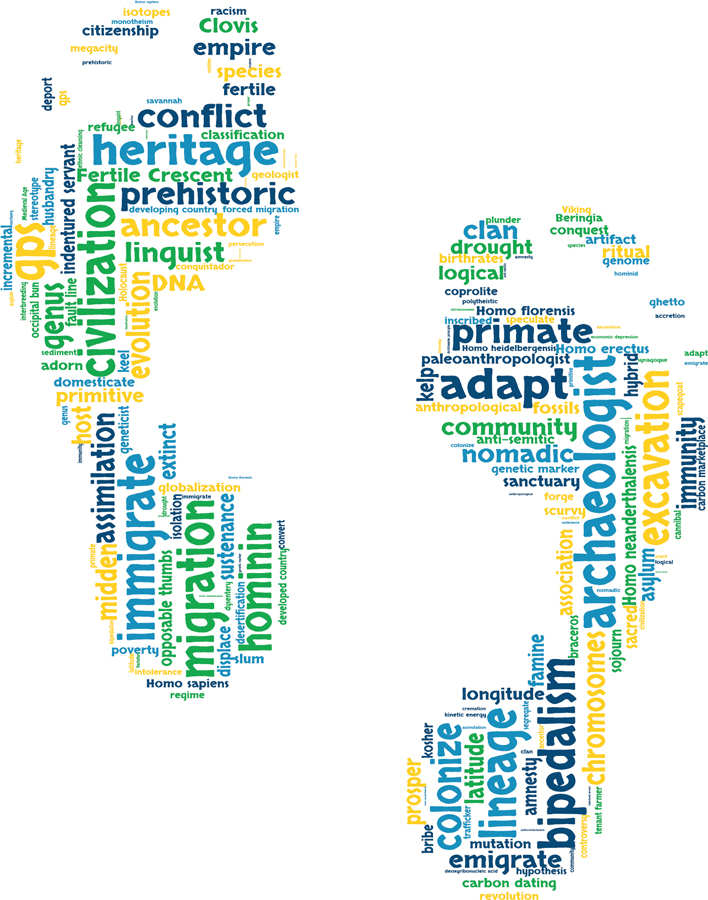
Next page
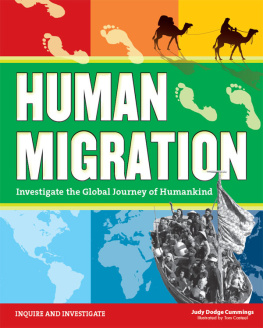



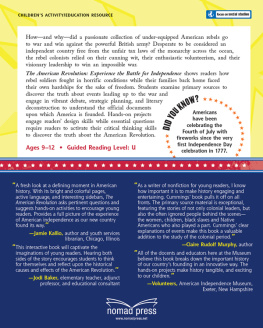
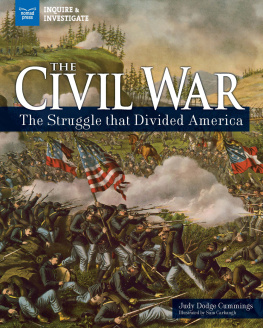
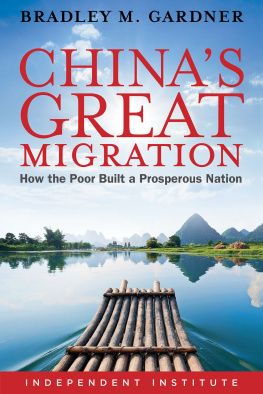


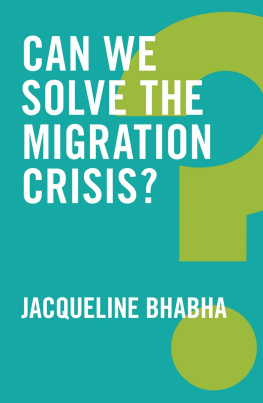
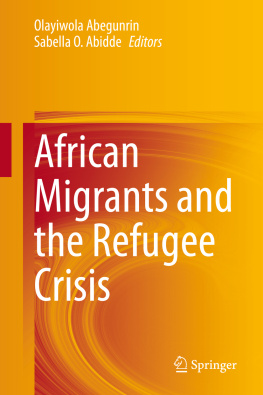
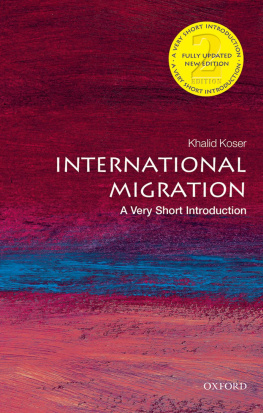


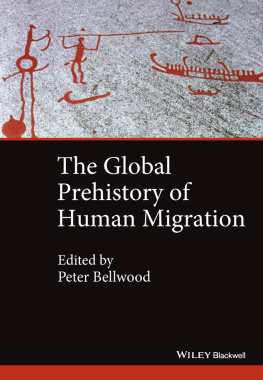
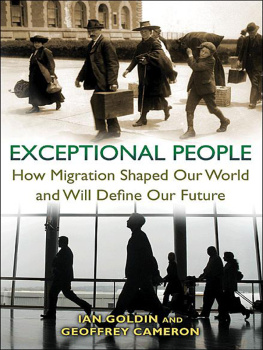



 You can use a smartphone or tablet app to scan the QR codes and explore more about human migration! Cover up neighboring QR codes to make sure youre scanning the right one. You can find a list of URLs on the Resources page.
You can use a smartphone or tablet app to scan the QR codes and explore more about human migration! Cover up neighboring QR codes to make sure youre scanning the right one. You can find a list of URLs on the Resources page. human migration
human migration
